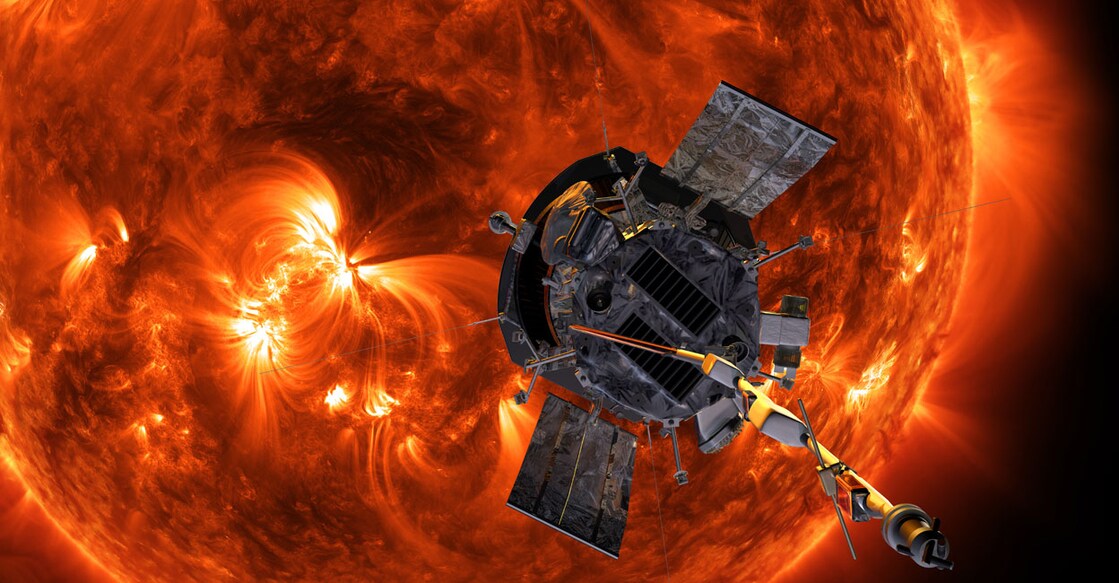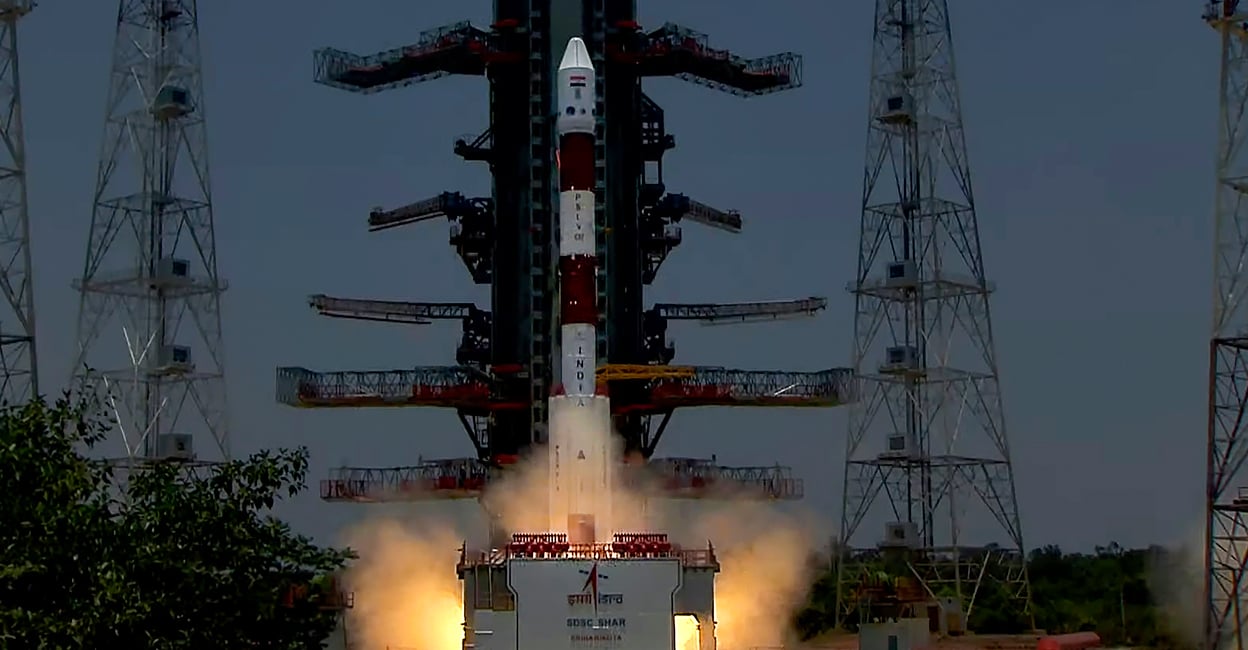Icarus was a bad dream. Here's why Parker and Aditya should fly close to sun

Mail This Article
Thanks to Greek mythology's Icarus, the boy who got hyper-ambitious after his master-craftsman father Daedalus fitted a pair of wings on him, the idiom 'flying too close to the sun' is used as a warning against man's greed.
It should not be anymore. On December 14, 2021, eons after the artificial wings of the mythical Icarus were melted by the sun, NASA's Parker Solar Probe flew through the sun's upper atmosphere, the corona.
Flying closer to the sun is no more the stuff of reckless ambition but a matter of survival. What’s more, it could even be transformative. "The data we have gathered so far since 2018 (Parker was launched on August 12, 2018) is already telling us that we are going to rewrite books on solar physics, on astrophysics," said Madhulika Guhathakurtha (popular in science circles as Dr Lika), an Indian-born American astrophysicist and scientist with NASA's Heliophysics Science Division.
She was delivering the D Krishna Warrier memorial Lecture at the month-long Global Science Festival of Kerala at Bio 360 Life Sciences Park at Thonnakkal in Thiruvanthapuram on Tuesday.

This December (2024), Dr Lika said the Parker Solar Probe would reach its closest distance to the sun. In 10 months from now, the spacecraft would be within four million miles of the sun, the closest man has ever been to the sun. Even Icarus wouldn’t have gone that far.
Aditya and Parker
India, too, has sent its first sun probe, the Aditya L1 Mission. On January 6, the satellite reached the L1 or Lagrange Point 1 orbit of the Sun-Earth system, where it will spend its entire mission life. The L1 point is roughly 1.5 million km from the earth.
When the Parker spacecraft reaches its perihelion (the point nearest to the sun in its path), it will be 143.26 million kms from the earth.
"It is pretty astounding that we can do that. It is the fastest spacecraft we have built. As it scoots around the sun it travels at around 110th the velocity of light," Dr Lika said.

The NASA scientist said that studying heliophysics was not a choice but a necessity. Heliophysics is the study of the physical domain influenced by the sun and it will include the sun, the solar system and would stretch out to the start of the interstellar medium.
"What the sun does affects our world that is more and more driven by technology," she said.
Two questions that can change physics
According to her, the Parker Probe is designed to address two very important physics questions that is relevant not just to the sun but to all of physics and astrophysics.
Why is the corona much hotter than the Sun's surface (the photosphere)? How does the solar wind accelerate?
"So the sun that we look at, the yellow-pale sun, is about 5000-6000 degree Celsius. The corona, the outer atmosphere of the sun, is a whopping two million degree Kelvin. Lot hotter than the surface. So the question becomes, as you move away from a source of heat, which is the core of the sun where nuclear synthesis is going on, and move outward how is that the temperature increases," she said. "So these are the most important questions that we are trying to answer. How is the corona heated and how is the solar wind accelerated," she added.

Problem with star gazing
Dr Lika said the theories developed till now had a disadvantage. "So far all the observation that we have had are line of sight observations from telescope. So from here on earth or from satellites around earth, we look at the sun. We take observations. But we are not there at the sun's environment," she said.
This long-distance study is not conducive for a thorough understanding of the sun. "We are taking this line, called the line of sight integral, everything in its path is contributing to whatever we are measuring. We have to invert that data and pull out whatever information we want. So it is very difficult to really pin down the physical processes going on very close to the sun that creates the conditions for the corona to be hot, and for the solar wind to be accelerated. This is the region where the space weather is born," Dr Lika said.
Parker Solar Probe is in that environment, locally measuring all of these particles. The data collected will eliminate some of the theories and, according to Dr Lika, "an entirely new science will come". "And that I am sure. We can already see evidence of that from the data we have collected," she said.
Need for space weather forecasting
Sun produces solar storms, burst of energetic particles that propagate at tremendous speeds. These are electrons and protons that permeate the space between the sun and earth and the interplanetary environment.
"These particles can interact with satellite navigation systems, communication systems, and sensitive electronics on satellites," Dr Lika said. "So sometimes if you are using GPS to navigate, which many of us do, you might have some errors in that reading or sometimes it can stop completely because there is interference in the communication of satellites to your phones. And so the sun and solar eruptions and coronal mass ejections can play havoc with our technology. You have to really understand the sun in order to predict when such an event will occur," she said.
The heliophysicist said that it was important to develop a space weather forecasting system. Space weather but is different from earth weather. "Space weather is driven by the sun and the sun's magnetic field and energetic particles like electrons protons and high energy atoms. And these not only mess up our new technologies but it can also wreak havoc on our power grids, our transformers," Dr Lika said.
The interaction between the sun's and the earth's magnetic fields, the collision of these two energised magnetic spheres, can cause electromagnetic fluctuations and voltage fluctuations that can trip transformers and create blackouts. This is already causing perennial trouble in countries especially in the northern and southern latitudes because they are close to the magnetic poles of the sun where, according to Dr Lika, "these particles can freely get transmitted though the open field lines".
Then there is the radiation that such collisions and solar storms can create. She said that the radiation was felt by airline crew and passengers when they are flying over poles. "Say for instance, you are flying from Washington DC to Beijing. You take the polar routes, they are shorter routes and efficient. But during a violent solar storm, the people in the aircraft will be subjected to extra dose of radiation," Dr Lika said.


